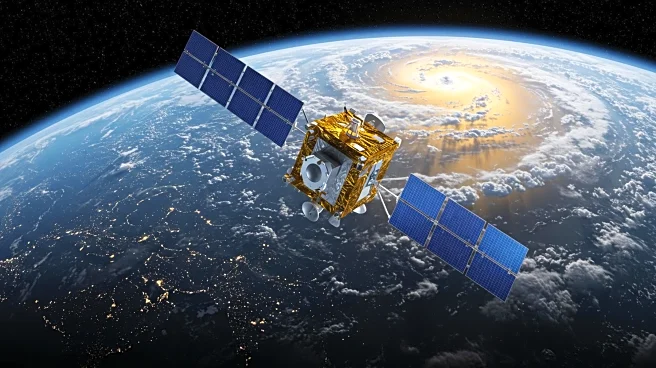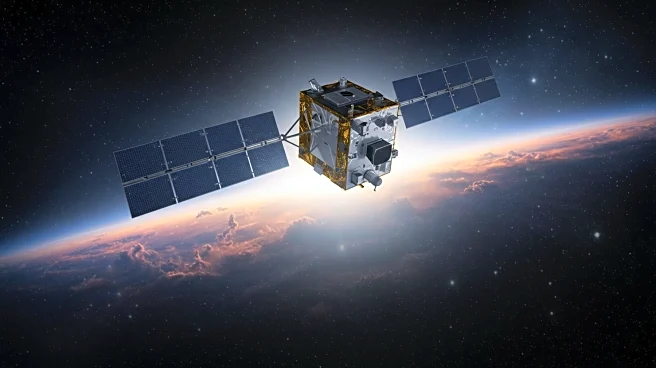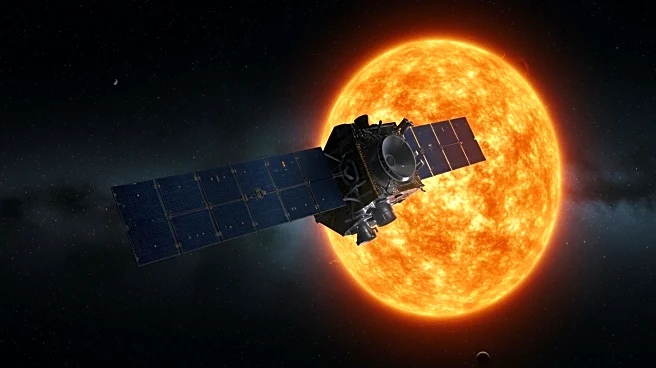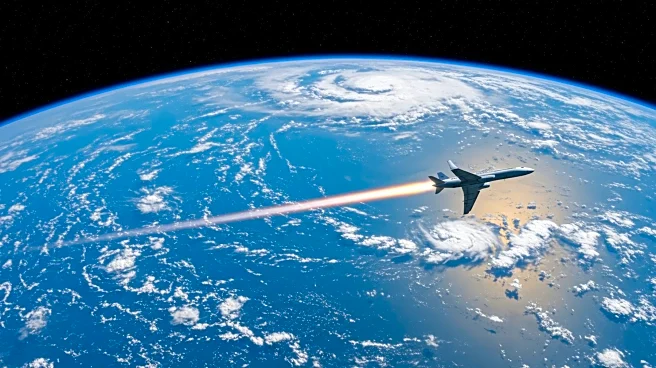What's Happening?
A new study published in Geophysical Research Letters reveals that climate pollution is making GPS and communications satellites more vulnerable to solar-triggered geomagnetic storms. The study highlights that the increasing levels of carbon dioxide in the upper atmosphere are reducing air density, which, when combined with geomagnetic storms, can cause rapid changes in atmospheric density. These changes pose significant risks to satellite operations, potentially affecting their speed, altitude, and lifespan. The study used a supercomputer to model atmospheric changes and found that future geomagnetic storms could lead to larger spikes in atmospheric density, increasing the risk of satellite damage.
Why It's Important?
The findings are crucial for the satellite industry, which relies on stable atmospheric conditions for satellite design and operation. As the world becomes more dependent on satellite networks for communication, navigation, and military applications, understanding the impact of climate change on satellite vulnerability is essential. The study suggests that future satellites will need to be designed with these climate-related changes in mind to ensure their longevity and functionality. Additionally, the increased risk of space junk due to less atmospheric drag could pose further challenges for satellite operations.
What's Next?
The study calls for the satellite industry to consider climate change impacts in their design processes, rather than relying on historical atmospheric data. This may involve developing new engineering standards to account for the expected changes in atmospheric density during geomagnetic storms. Researchers will continue to monitor and model atmospheric changes to provide more accurate predictions for satellite design and operation.











